In today’s market, consumers are often faced with the frustrating reality of paying more for products that seem to offer less value than before. From shrinking package sizes to reduced product quality, here are 18 examples of products that demonstrate this trend, leaving consumers feeling like they’re getting less bang for their buck.
#1. Breakfast Cereal

Many breakfast cereal brands have reduced the quantity of cereal inside, offering smaller boxes at the same price point. For example, a box that used to contain 16 ounces of cereal may now only contain 12 ounces, leaving consumers paying the same price for 25% less product.
#2. Potato Chips
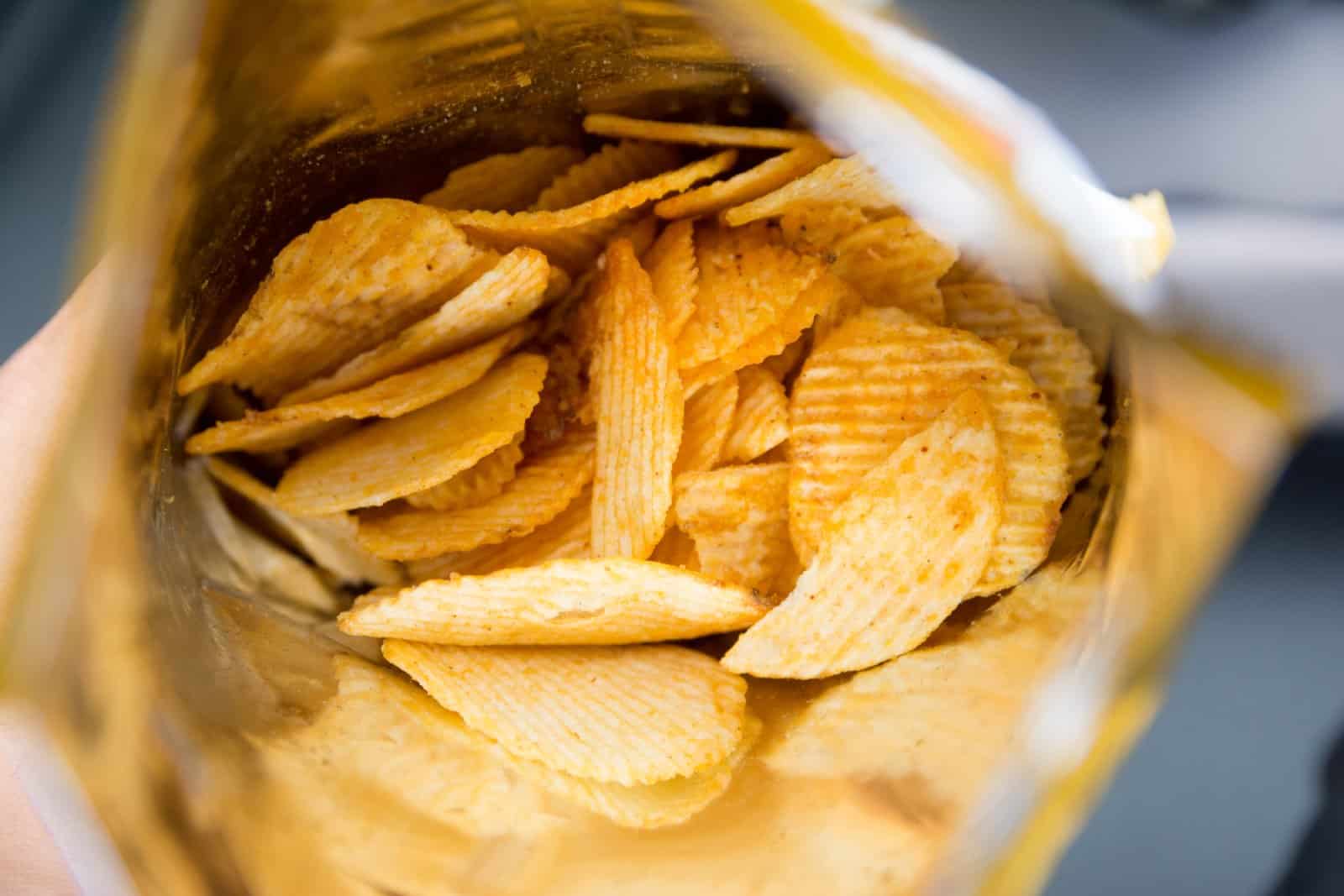
Bags of potato chips are notorious for containing more air than actual chips, resulting in smaller quantities of chips per bag. While the price remains unchanged, consumers may find themselves paying for 50% air and 50% chips, leading to a feeling of being shortchanged.
#3. Chocolate Bars
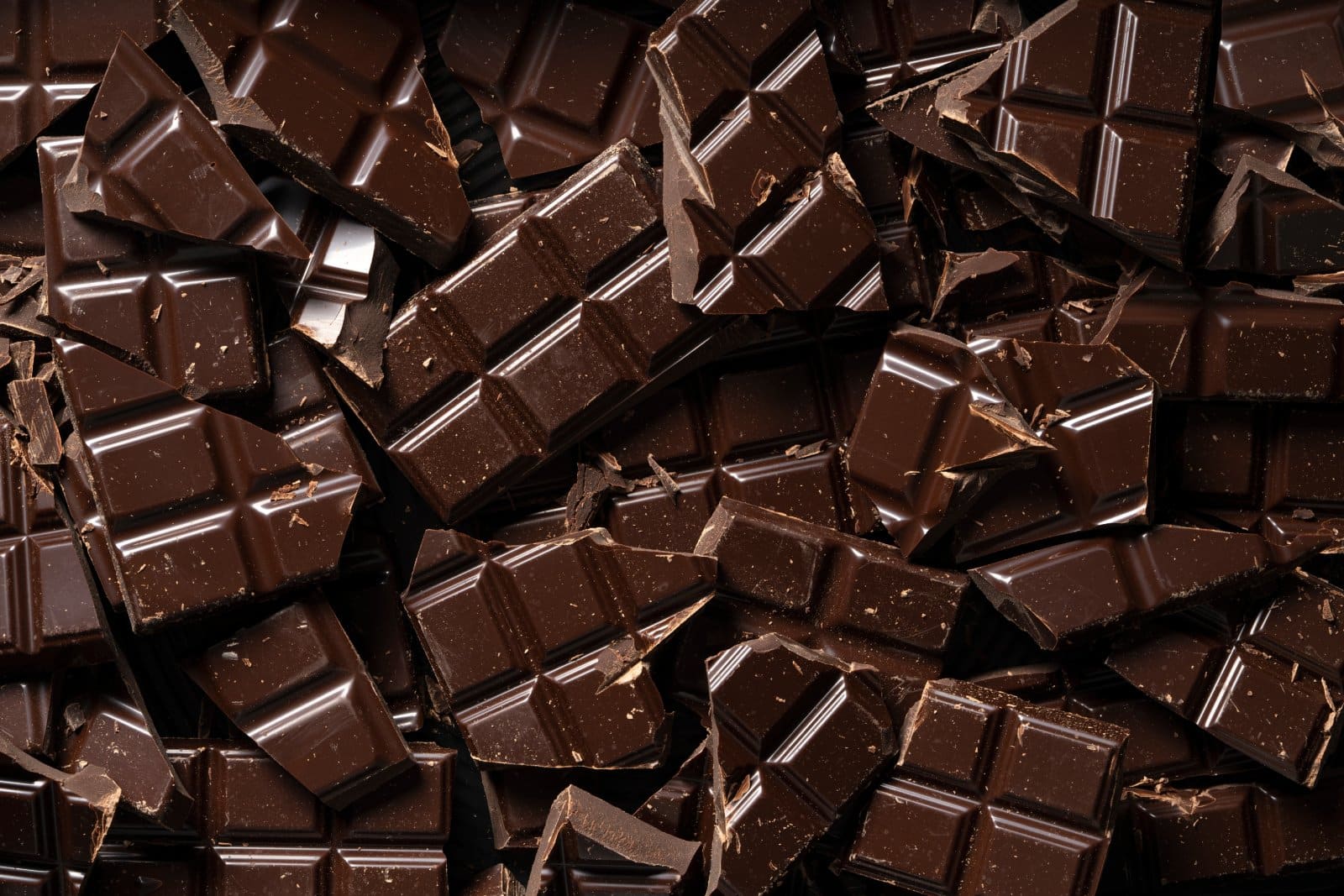
Chocolate bars have been shrinking in size while prices remain the same. For instance, a chocolate bar that used to weigh 3.5 ounces may now weigh only 2.5 ounces, leaving consumers paying the same price for 28% less chocolate.
#4. Ice Cream

Tubs of ice cream have been downsizing, with some brands reducing their volume by several ounces while keeping prices steady. For example, a tub of ice cream that used to contain 48 ounces may now only contain 40 ounces, resulting in consumers paying the same price for 17% less ice cream.
#5. Yogurt Cups
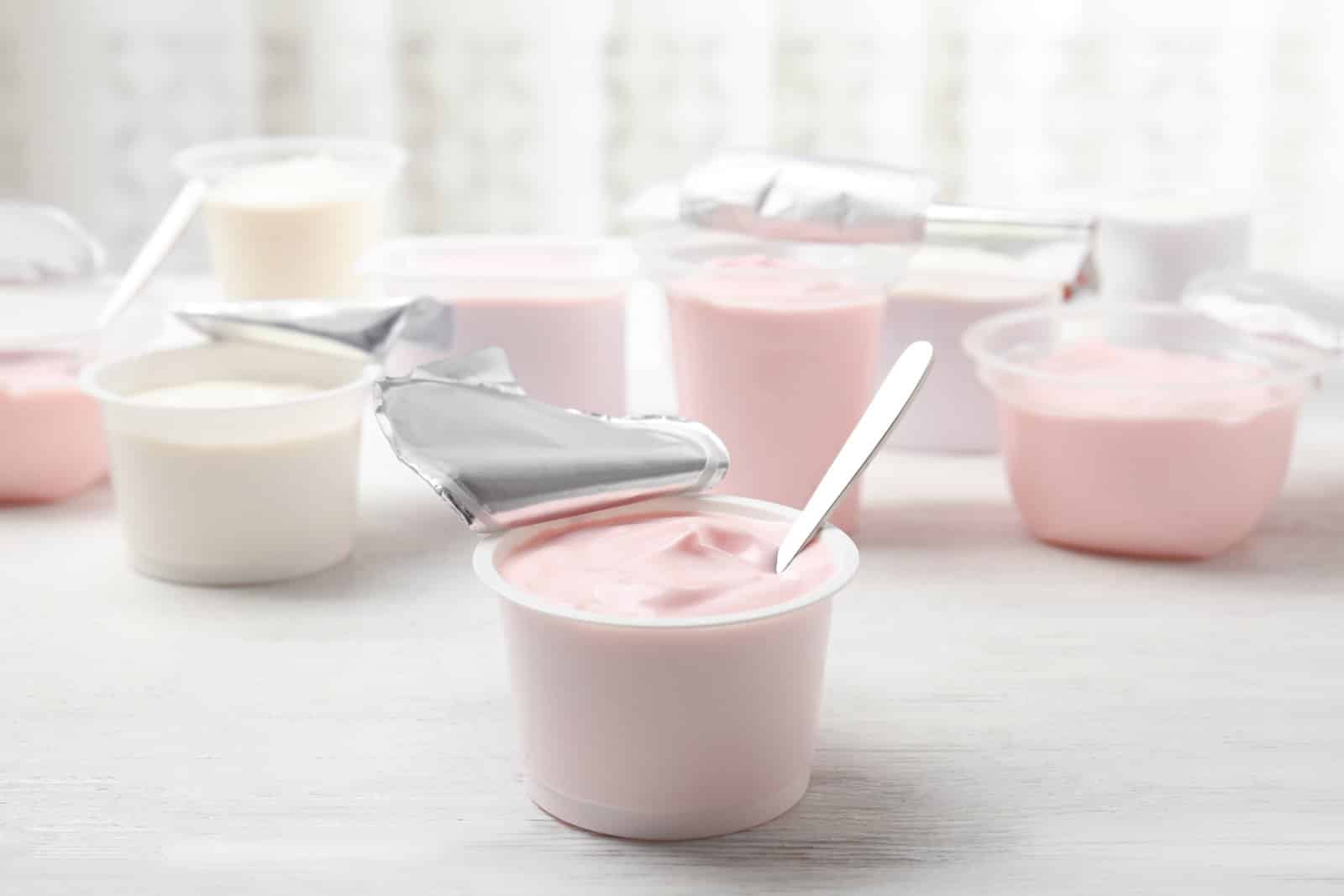
Yogurt cups have been shrinking in size, with some brands reducing the amount of yogurt in each container while maintaining the same price. For instance, a yogurt cup that used to contain 8 ounces of yogurt may now only contain 6 ounces, leaving consumers paying the same price for 25% less yogurt.
#6. Candy Bars
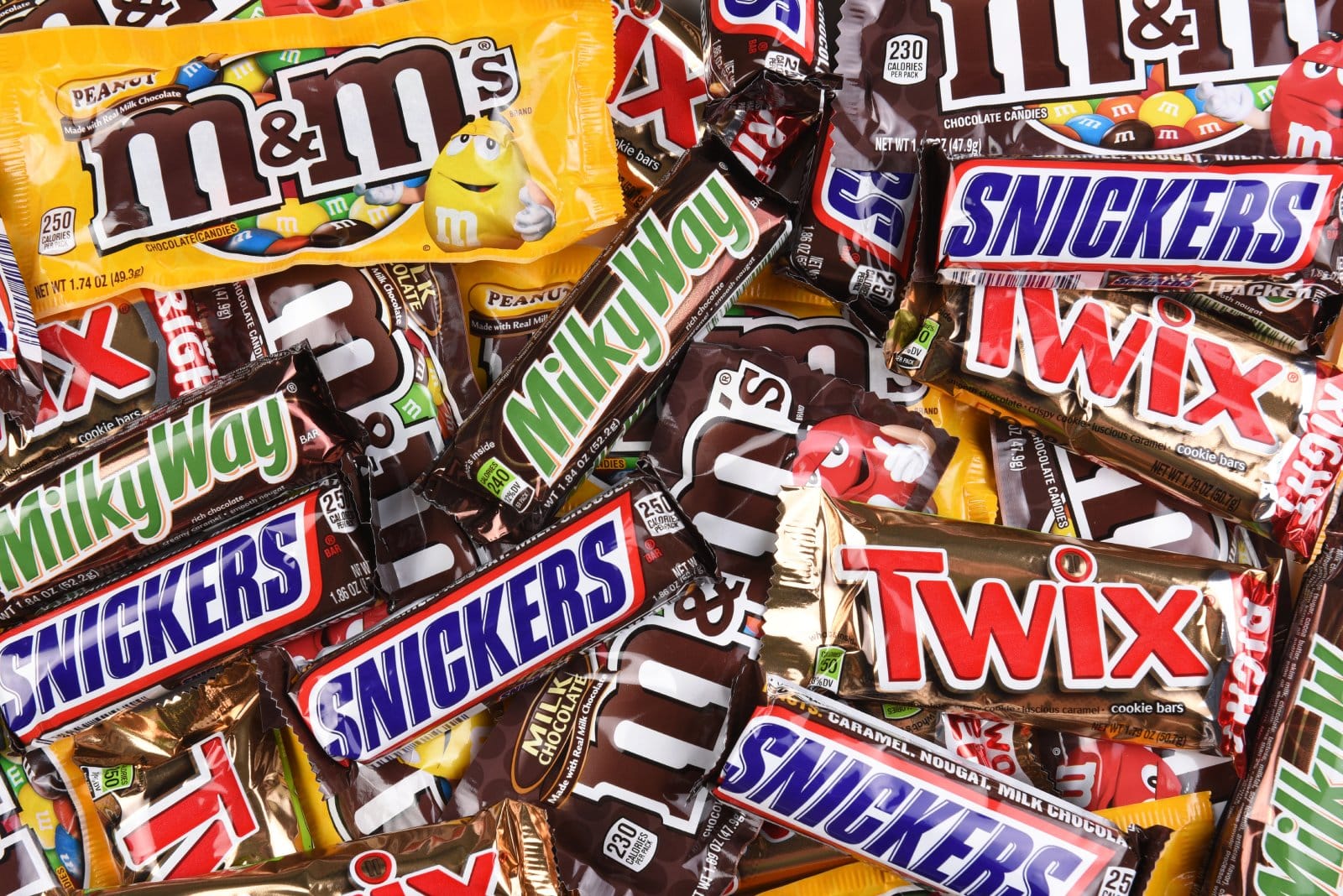
Candy bars have undergone downsizing, with many brands reducing the size of their bars while keeping prices unchanged. For example, a candy bar that used to weigh 2.5 ounces may now weigh only 2 ounces, resulting in consumers paying the same price for 20% less candy.
#7. Bottled Water
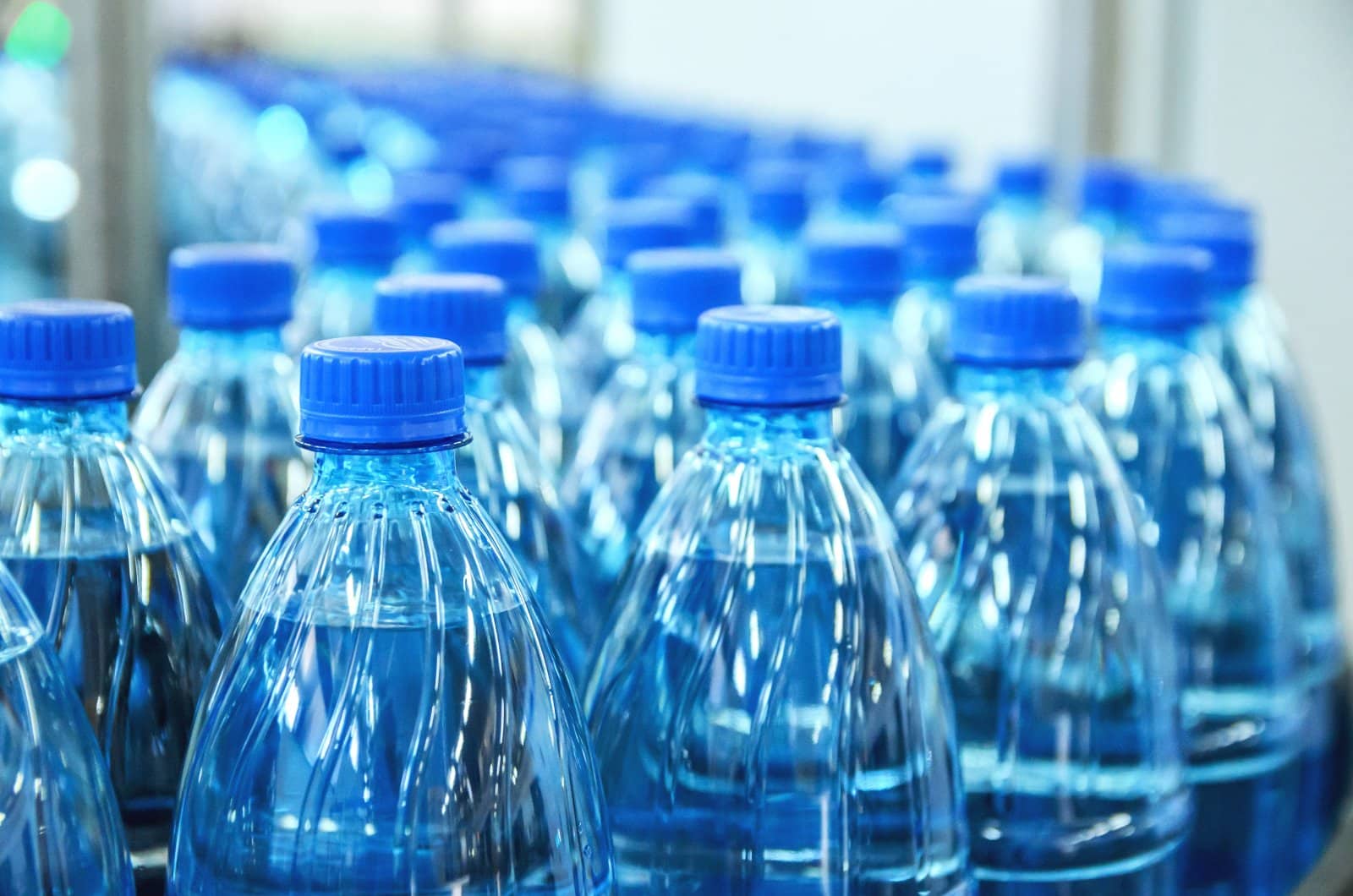
Bottles of water have been shrinking in size, with some brands reducing their volume by several ounces while keeping prices constant. For instance, a bottle of water that used to contain 20 ounces may now only contain 16 ounces, leaving consumers paying the same price for 20% less water.
#8. Toilet Paper Rolls
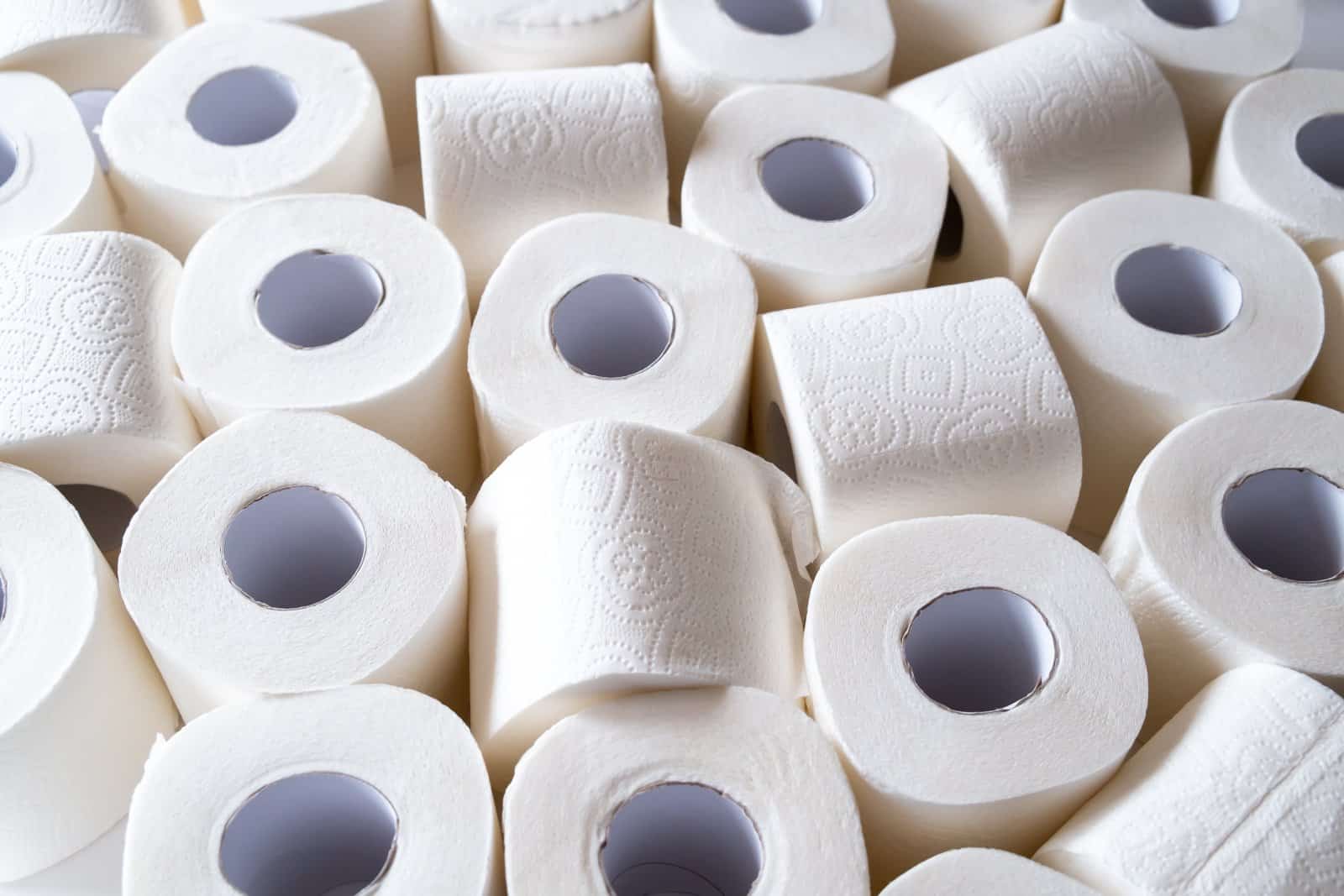
Toilet paper rolls have been shrinking in width, with some brands reducing the number of sheets per roll while maintaining the same price. For example, a roll of toilet paper that used to contain 400 sheets may now only contain 350 sheets, resulting in consumers paying the same price for 12.5% fewer sheets.
#9. Paper Towel Rolls
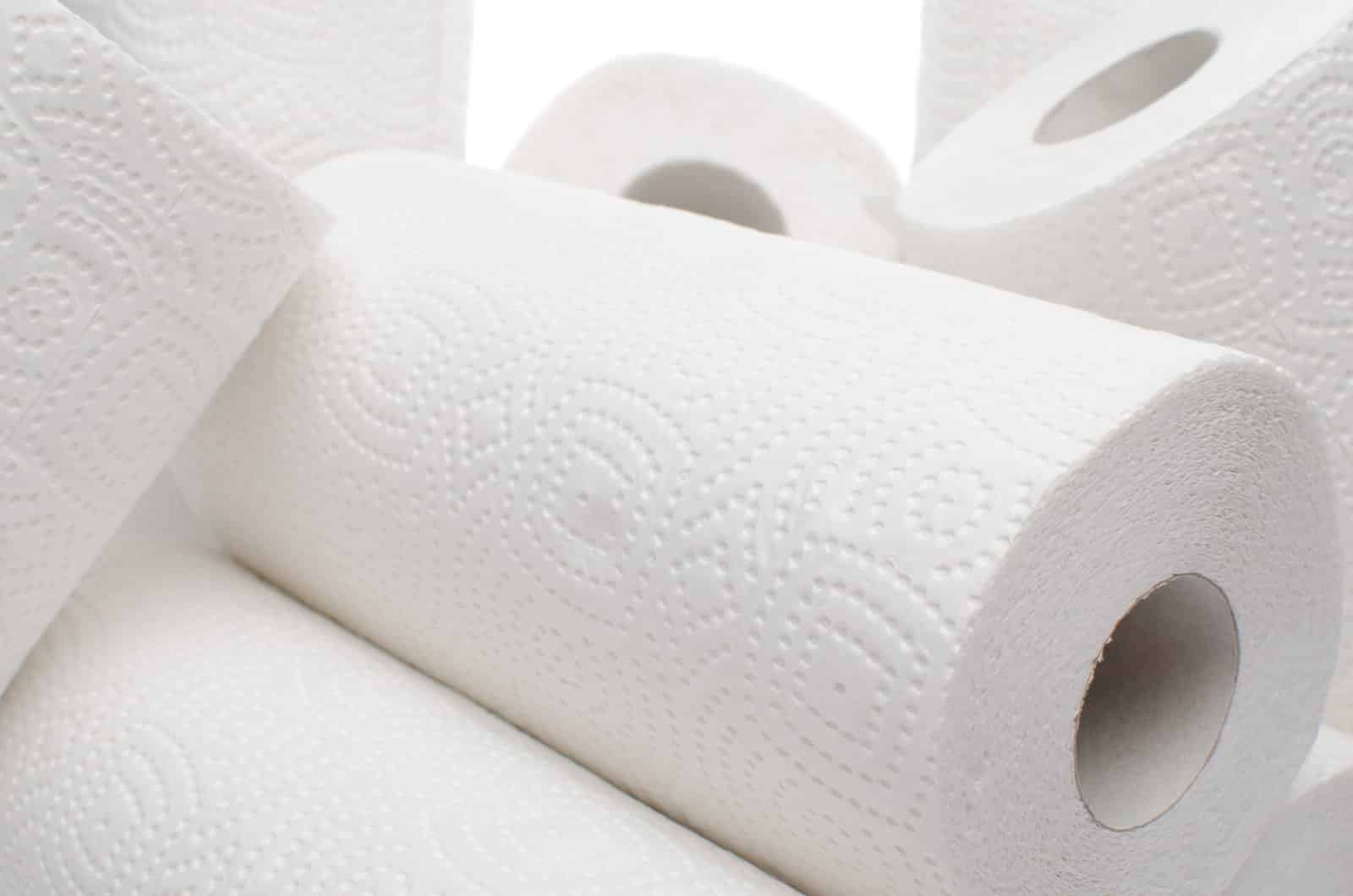
Paper towel rolls have undergone downsizing, with some brands reducing the number of sheets per roll while keeping prices steady. For example, a roll of paper towels that used to contain 100 sheets may now only contain 80 sheets, leaving consumers paying the same price for 20% fewer sheets.
#10. Laundry Detergent
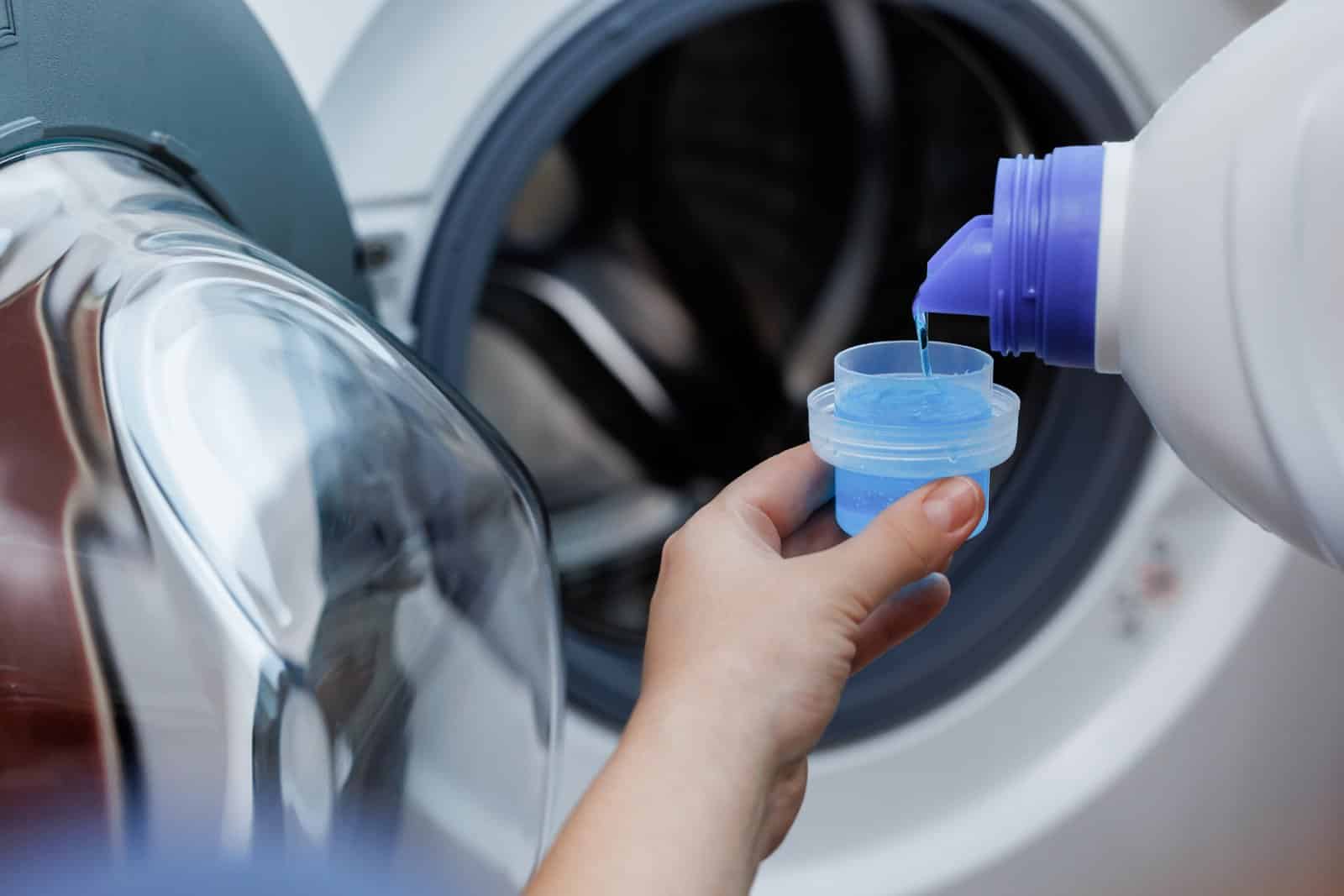
Bottles of laundry detergent have been shrinking in size, with some brands reducing their volume while maintaining the same price. For example, a bottle of laundry detergent that used to contain 100 ounces may now only contain 80 ounces, resulting in consumers paying the same price for 20% less detergent.
#11. Dish Soap
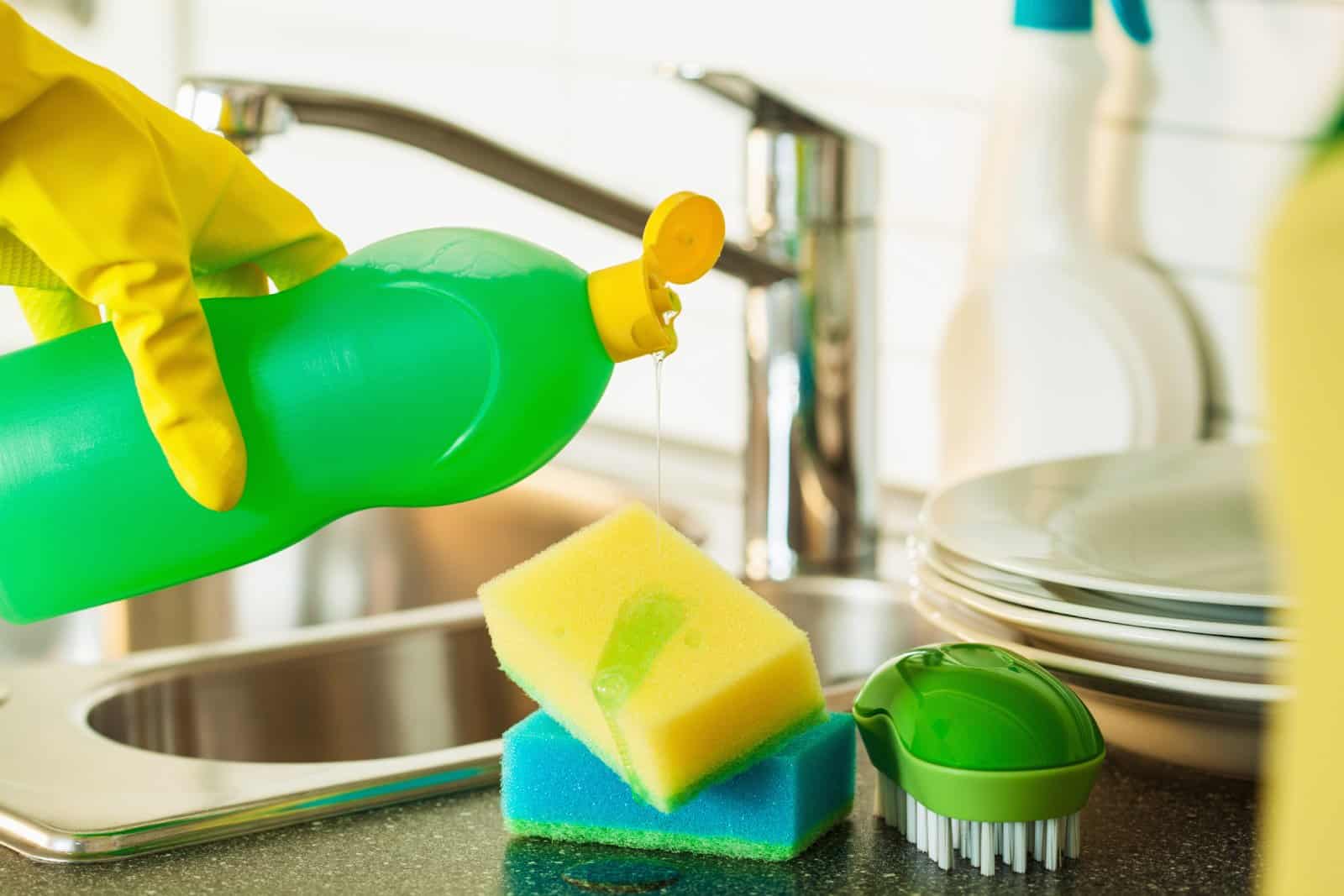
Bottles of dish soap have undergone downsizing, with some brands reducing their volume while keeping prices unchanged. For example, a bottle of dish soap that used to contain 24 ounces may now only contain 20 ounces, leaving consumers paying the same price for 20% less soap.
#12. Shampoo Bottles

Bottles of shampoo have been shrinking in size, with some brands reducing their volume while maintaining the same price. For example, a bottle of shampoo that used to contain 16 ounces may now only contain 12 ounces, resulting in consumers paying the same price for 25% less shampoo.
#13. Conditioner Bottles
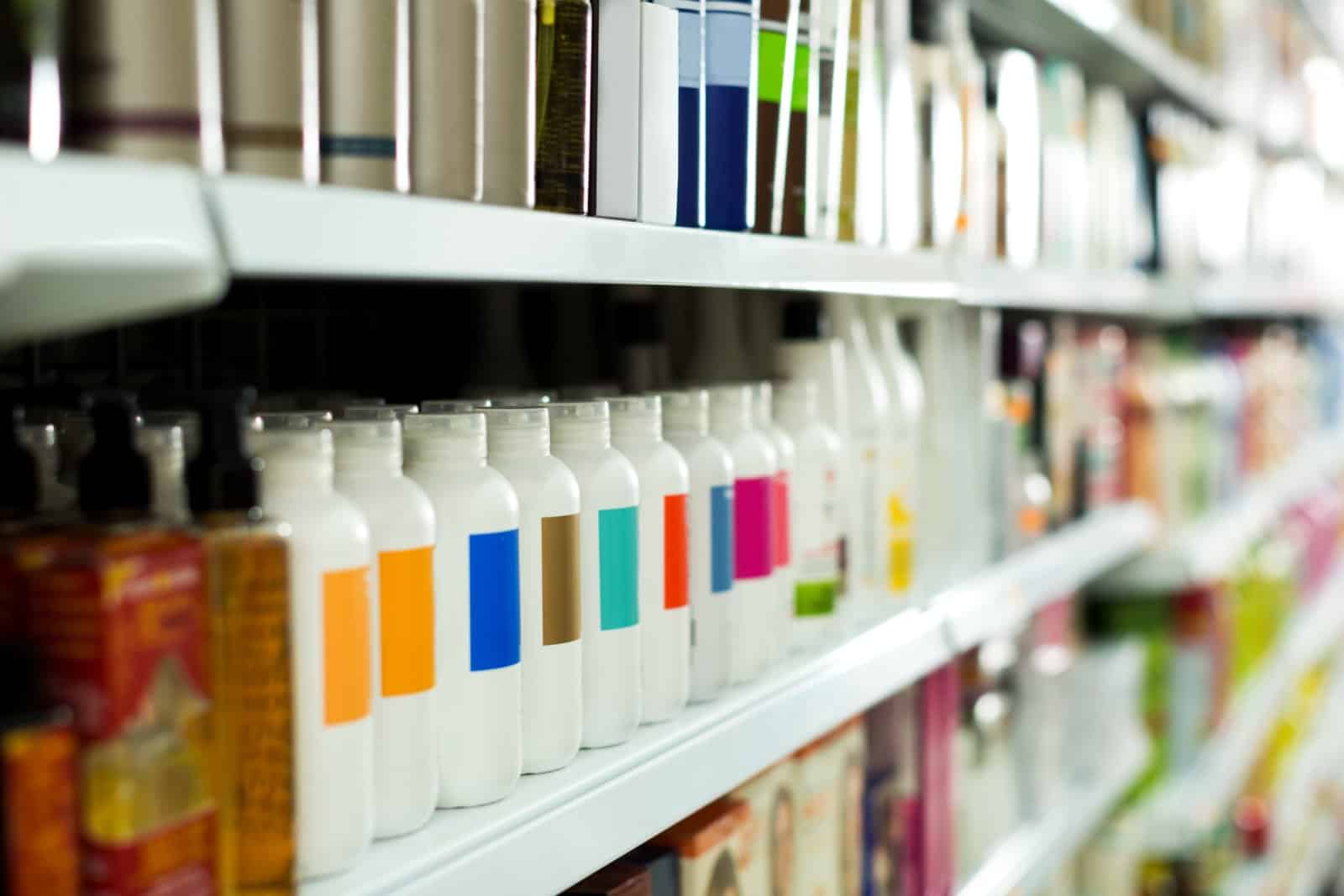
Bottles of conditioner have been downsizing, with some brands reducing their volume while keeping prices steady. For example, a bottle of conditioner that used to contain 16 ounces may now only contain 12 ounces, leaving consumers paying the same price for 25% less conditioner.
#14. Snack Packs
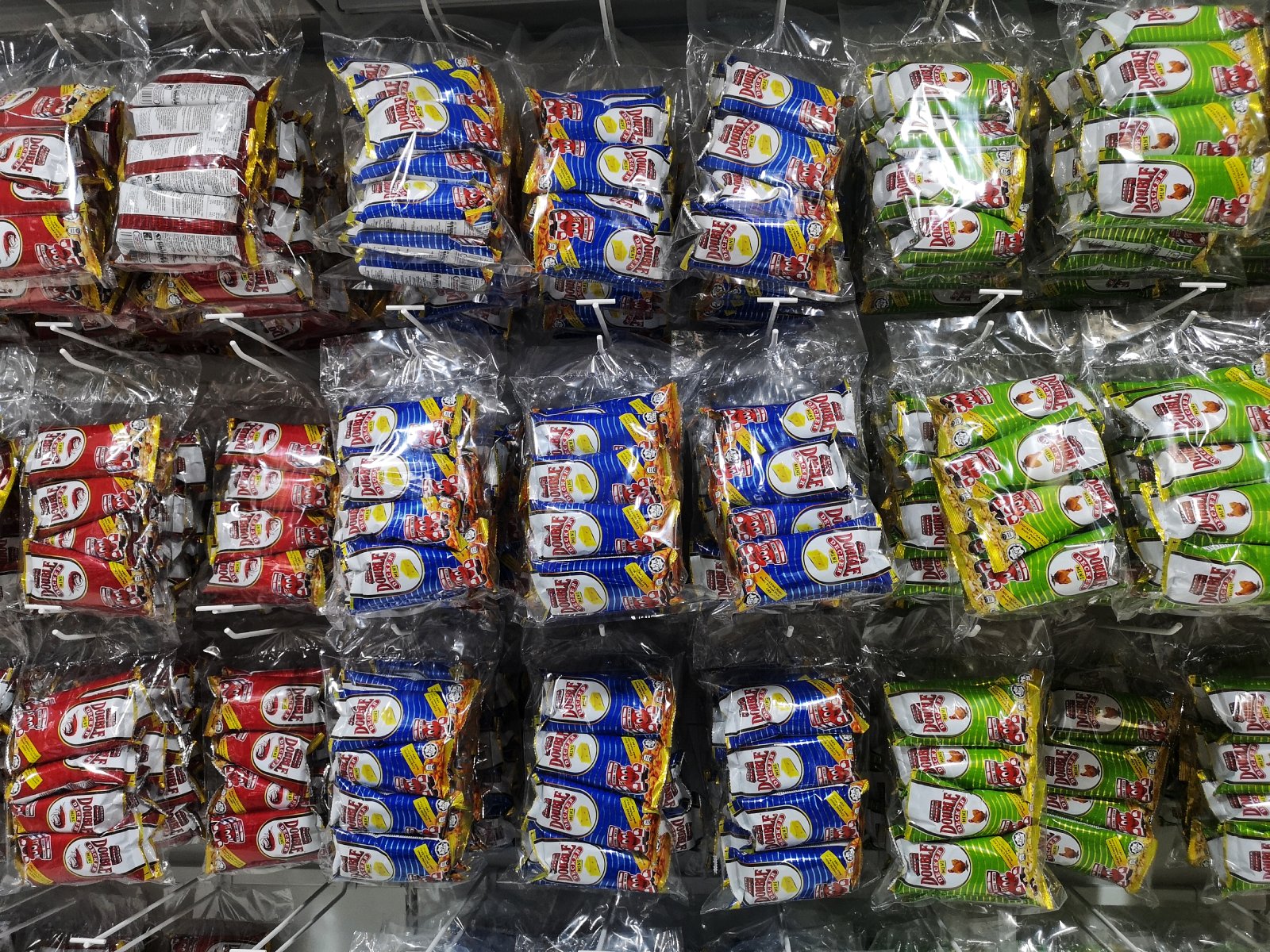
Snack packs have been shrinking in size, with some brands reducing the number of snacks per pack while maintaining the same price. For example, a snack pack that used to contain 10 snacks may now only contain 8 snacks, resulting in consumers paying the same price for 20% fewer snacks.
#15. Frozen Meals
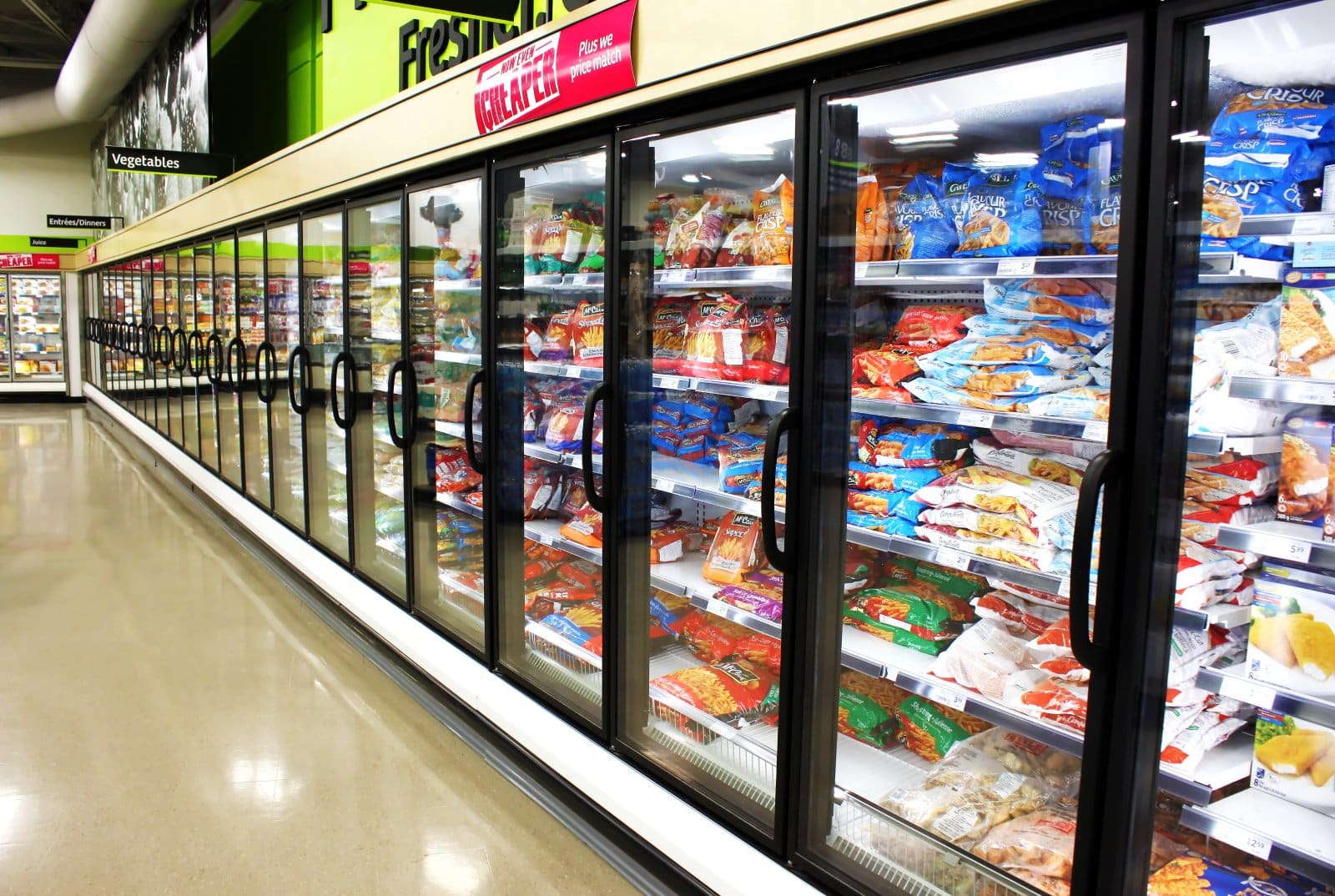
Frozen meals have undergone downsizing, with some brands reducing the portion sizes while keeping prices constant. For example, a frozen meal that used to contain 12 ounces of food may now only contain 10 ounces, leaving consumers paying the same price for 16.7% less food.
#16. Bottles of Soda
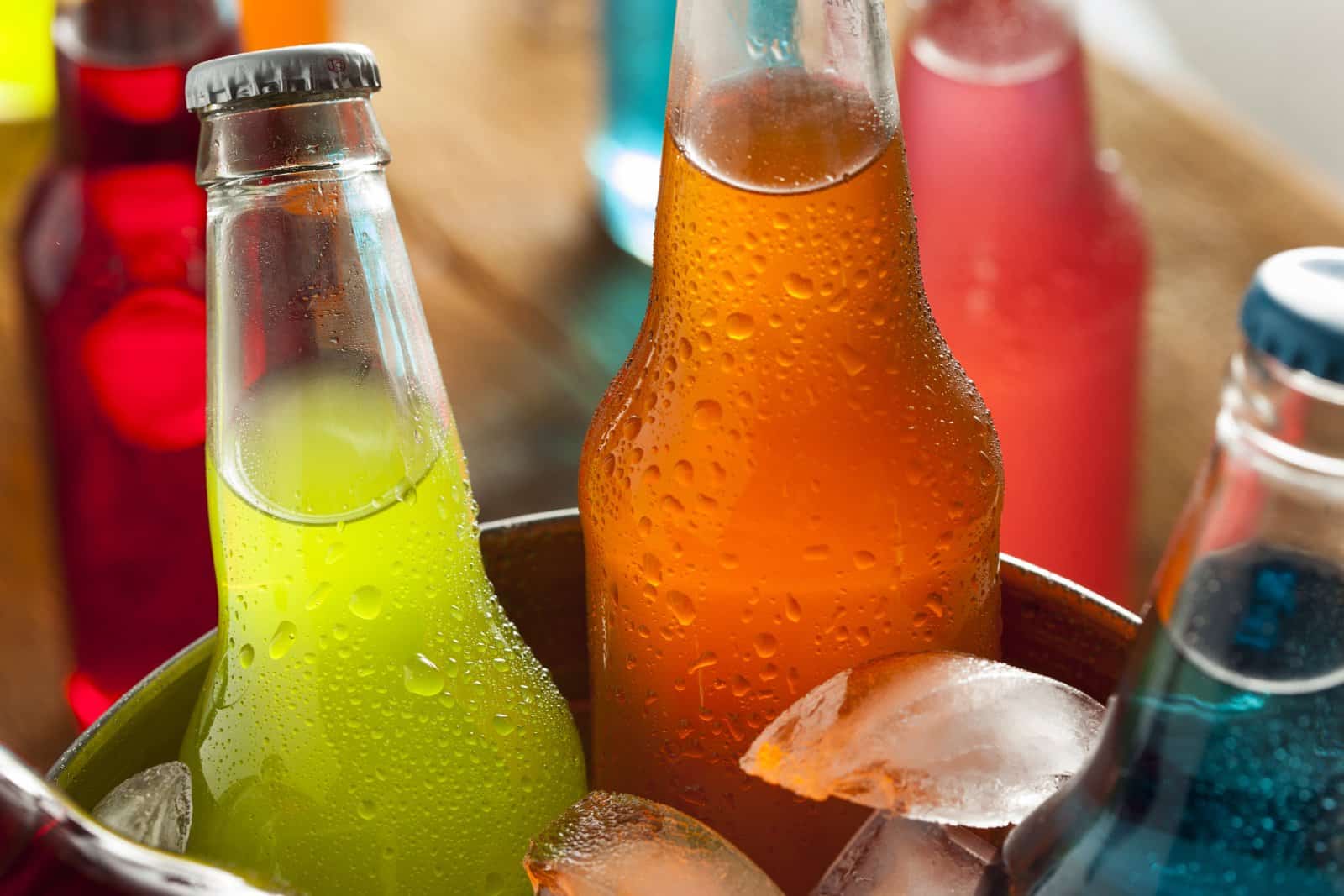
Bottles of soda have been shrinking in size, with some brands reducing their volume while maintaining the same price. For example, a bottle of soda that used to contain 20 ounces may now only contain 16 ounces, resulting in consumers paying the same price for 20% less soda.
#17. Bottles of Juice
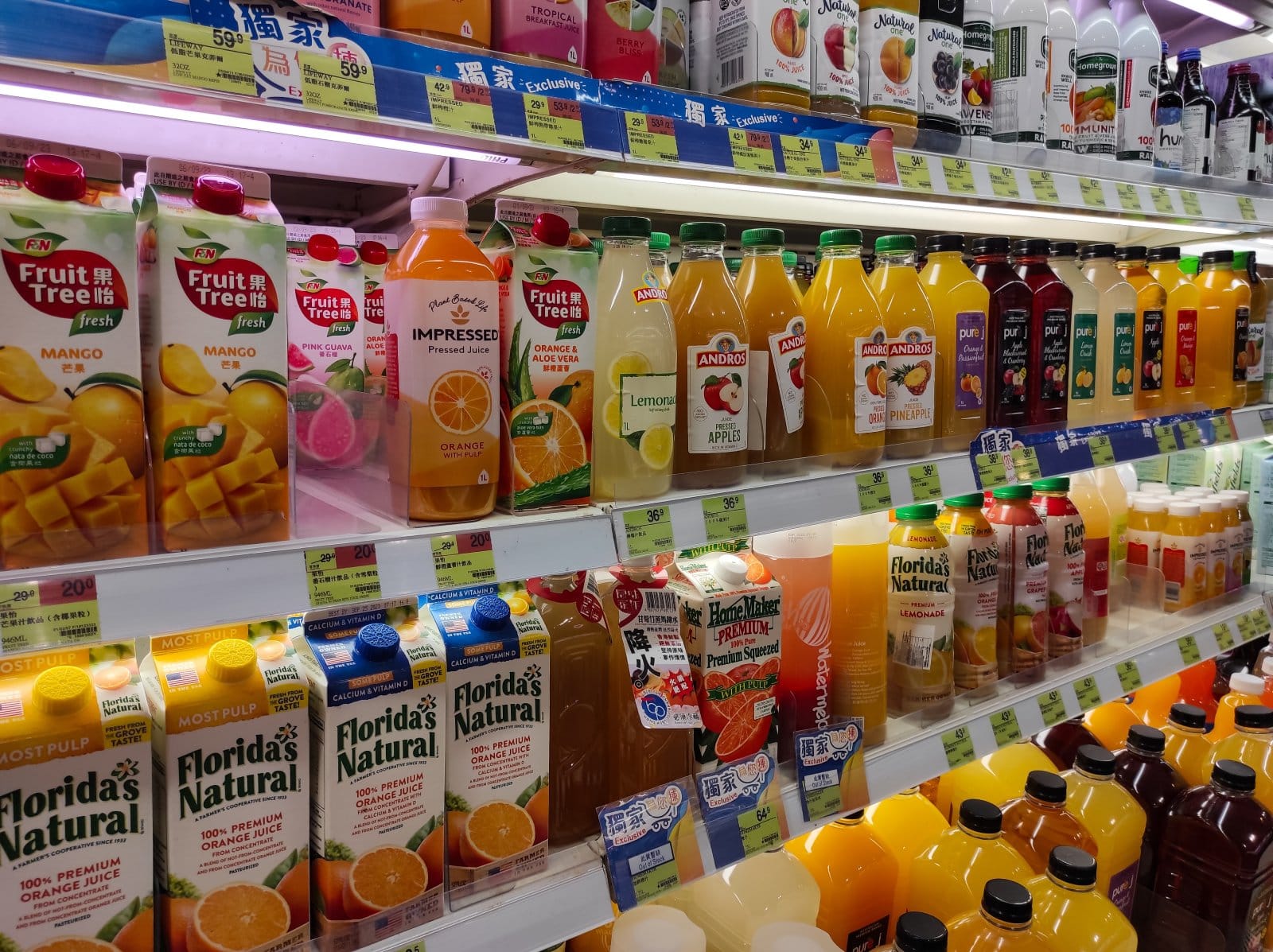
Bottles of juice have been downsizing, with some brands reducing their volume while keeping prices steady. For example, a bottle of juice that used to contain 32 ounces may now only contain 28 ounces, leaving consumers paying the same price for 12.5% less juice.
#18. Canned Soup
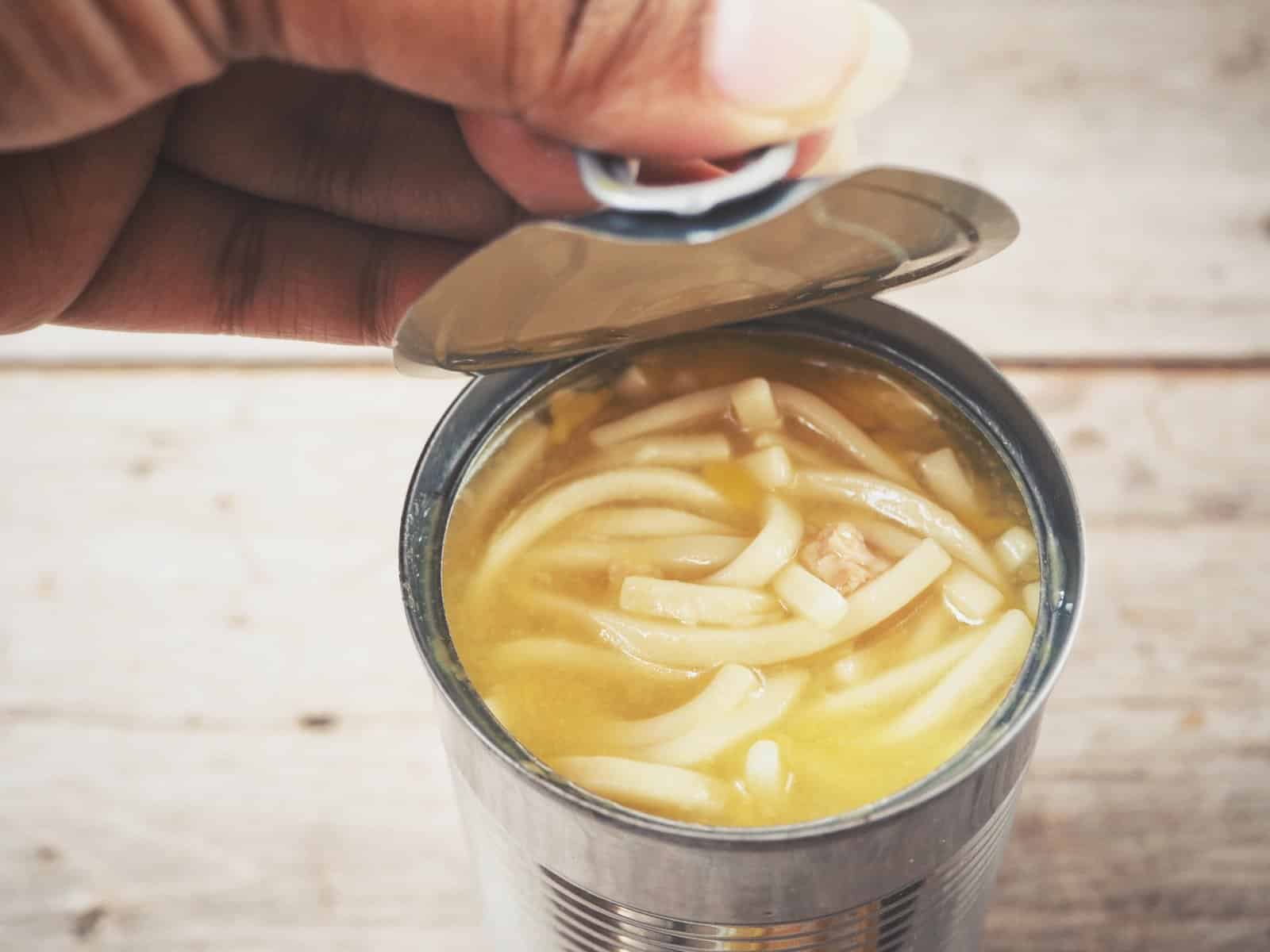
Cans of soup have undergone downsizing, with some brands reducing the portion sizes while keeping prices unchanged. For example, a can of soup that used to contain 20 ounces of soup may now only contain 16 ounces, resulting in consumers paying the same price for 20% less soup.
Shrinkflation at Work

From breakfast cereal to canned soup, many products on the market today illustrate the trend of consumers paying more for less. Whether it’s shrinking package sizes or reduced product quality, these examples serve as reminders of the importance of staying vigilant as consumers and advocating for fair value in the products we purchase.
The post 18 Price Tag Shock Demonstrating Less Bang for Your Buck first appeared on Liberty & Wealth.
Featured Image Credit: Shutterstock / Stock-Asso.
The content of this article is for informational purposes only and does not constitute or replace professional financial advice.
For transparency, this content was partly developed with AI assistance and carefully curated by an experienced editor to be informative and ensure accuracy.

